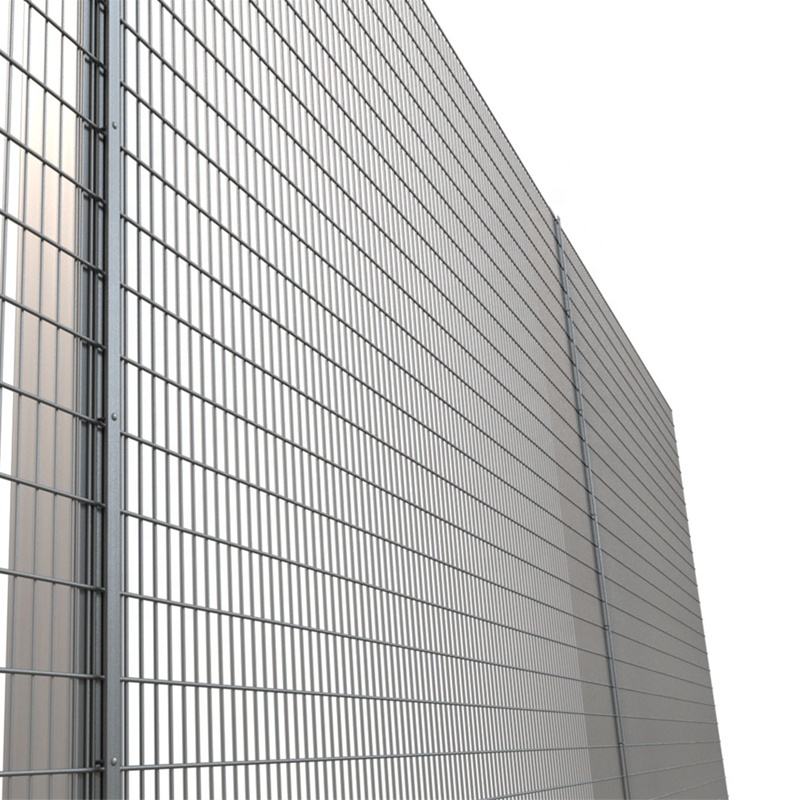Decorative Perforated Panels A Fusion of Functionality and Aesthetic Appeal
In recent years, decorative perforated panels have surged in popularity, offering a perfect blend of functionality and aesthetic appeal for various applications in architecture, interior design, and industrial settings. These panels, characterized by their intricate patterns of holes and cut-outs, not only serve practical purposes but also enhance the visual aspect of spaces.
One of the primary advantages of decorative perforated panels is their versatility
. Manufactured from various materials such as metal, wood, and plastic, these panels can be customized to suit different environments. They are commonly used in facades, ceilings, room dividers, and even furniture, providing endless possibilities for both indoor and outdoor applications.A significant benefit of perforated panels is their ability to regulate light and sound. The strategic design of holes allows natural light to permeate spaces while preventing harsh glare. This feature is particularly valued in commercial settings, where creating a pleasant ambiance is crucial. Additionally, many perforated designs can aid in sound absorption, leading to quieter, more comfortable environments—an essential aspect in public spaces like restaurants, schools, and offices.
decorative perforated panels

From an aesthetic standpoint, decorative perforated panels offer a unique way to express creativity and individuality. The patterns can range from intricate geometric designs to organic shapes inspired by nature, allowing architects and designers to create stunning focal points. The option to powder-coat or paint these panels in various colors further enhances their decorative potential, enabling them to complement any design concept.
Moreover, perforated panels are an environmentally friendly choice. Many manufacturers prioritize sustainability by using recyclable materials and energy-efficient production processes. By incorporating these panels into building designs, architects can support eco-friendly practices while maintaining high visual standards.
The installation of decorative perforated panels is typically straightforward, making them an efficient choice for projects. They can be mounted on frames, used as cladding materials, or suspended from ceilings, adapting easily to different structural requirements. This ease of installation contributes to their growing presence in modern architecture and design.
In conclusion, decorative perforated panels represent a harmonious integration of form and function. Their versatility, aesthetic flexibility, and practical benefits make them an attractive option for a wide array of applications. As we continue to seek innovative design solutions in our environments, these panels are likely to remain a favored choice among architects and designers seeking to elevate their spaces while addressing practical needs.
-
Trusted Expanded Metal Mesh For All Projects
NewsMay.08,2025
-
Stainless Steel Expanded Metal for Versatile Uses
NewsMay.08,2025
-
Reliable Steel Grating Choices
NewsMay.08,2025
-
Perforated Sheet Metal for Every Need
NewsMay.08,2025
-
Heavy Duty Expanded Metal Mesh for Robust Solutions
NewsMay.08,2025
-
Expanded Aluminum Metal for Versatile Applications
NewsMay.08,2025
Subscribe now!
Stay up to date with the latest on Fry Steeland industry news.

